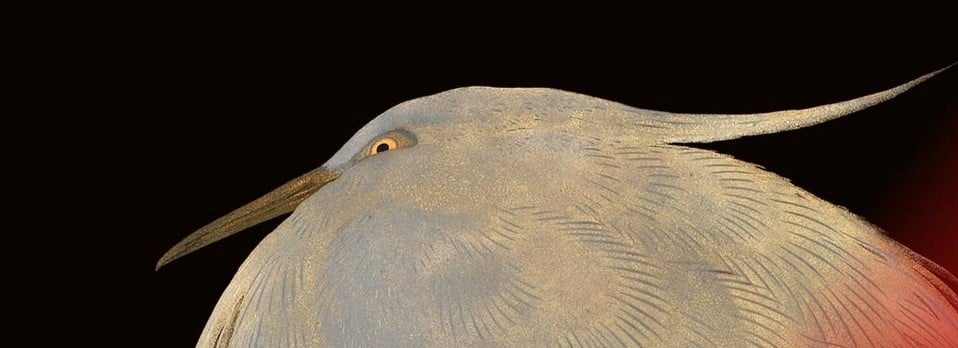
Four dishes
1670-90Porcelain painted in underglaze blue | 3.0 x 22.0 x 22.0 cm (diameter) | RCIN 58992
This set of dishes was once part of the celebrated collection of Augustus II ‘the Strong’, Elector of Saxony and King of Poland. From 1715, he amassed a vast array of East Asian porcelain including Imari and Kakiemon-style wares, which he displayed in towering pyramids in his purpose-built Japanisches Palais (‘Japanese Palace’) at Dresden. These pieces were augmented by porcelain produced at his own factory, established in nearby Meissen in 1710.
The dish, with three others, is likely to have entered the Royal Collection through family connections in Germany. They probably arrived before 1860, for in that year Queen Victoria presented an identical piece to the South Kensington Museum (V&A no. 7331-1860). The set of Japanese porcelain dishes, saucer-shaped, have a ten-pointed rim with brown-glazed edge. The decoration is typical of the Chinese motifs borrowed by Japanese painters: two scholars are seen reading in a pavilion under a pine tree, approached by another scholar and his servant who cross a bridge. Round the outside is a leafy scroll border, and on the base, a single blue ring and square mark, 'fuku' (good fortune).
Text adapted from Chinese and Japanese Works of Art in the Collection of Her Majesty The Queen: Volume II and Japan: Courts and Culture (2020).






